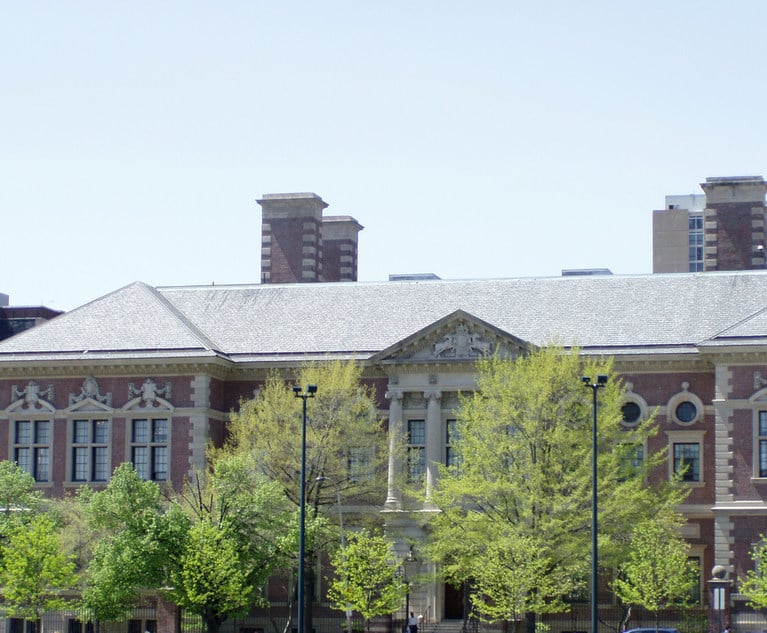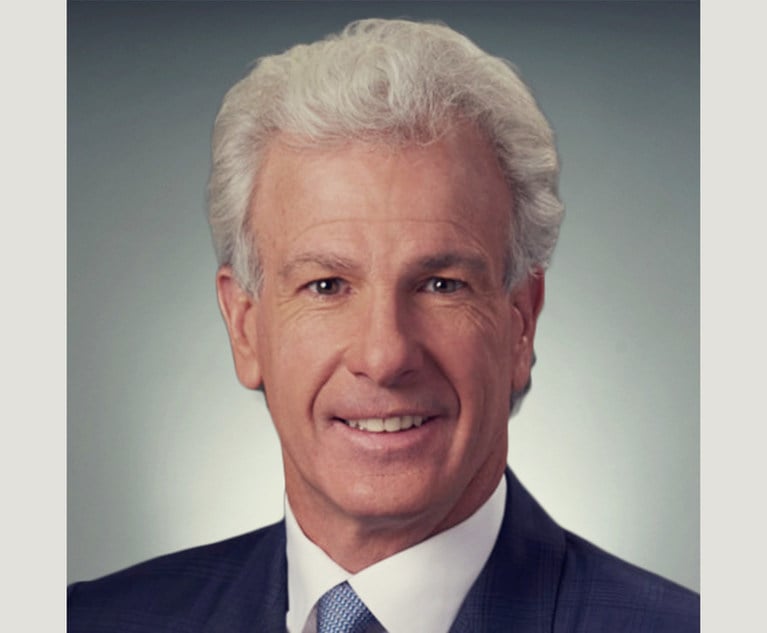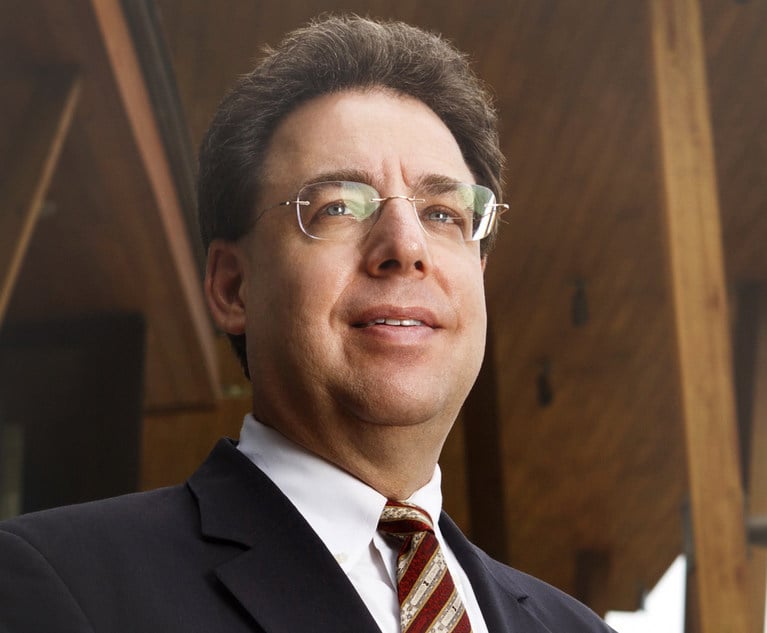About 50 years ago when students protesting the Vietnam War dominated the news, the U.S. Supreme Court balanced First Amendment rights belonging to students against in loco parentis responsibilities belonging to school officials. The court held that while students do not surrender their First Amendment rights at the schoolhouse gate, school officials may limit speech that would cause a “substantial disruption” on-campus. See Tinker v. Des Moines Independent Community School, 393 U.S. 503 (1969). In the following years, courts struggled to decide if and how the authority enunciated in Tinker applied to off-campus speech. Today, posts on Instagram, Facebook and Twitter complicate the matter, enabling off-campus speech to quickly and easily impact on-campus events. In Mahanoy v. B.L., 594 U.S. ___ (2021), the Supreme Court recently revisited and modernized the Tinker “substantial disruption” standard in the context of cyber speech, holding that schools have less authority to regulate off-campus versus on-campus speech. Importantly, the court considered the competing needs for schools to regulate disruptive speech while respecting the students’ First Amendment rights expressed over the internet.
In Tinker, six students in Iowa wore black armbands to express their grievances about the Vietnam War. In response, school authorities established a no-black armband rule on-campus and suspended the students. The court held the suspensions violated the students’ free speech rights on-campus because wearing black armbands did not “materially and substantially interfere with the requirements of appropriate discipline in the operation of the school.” Students, according to the Supreme Court, do not “shed their constitutional rights to freedom of speech or expression at the schoolhouse gate” unless the speech materially disrupts classwork or involves substantial disorder or invasion of the rights of others.


 (L-R)David J. Berney with Laura Susan Raphael of Berney & Sang. Courtesy photos
(L-R)David J. Berney with Laura Susan Raphael of Berney & Sang. Courtesy photos




